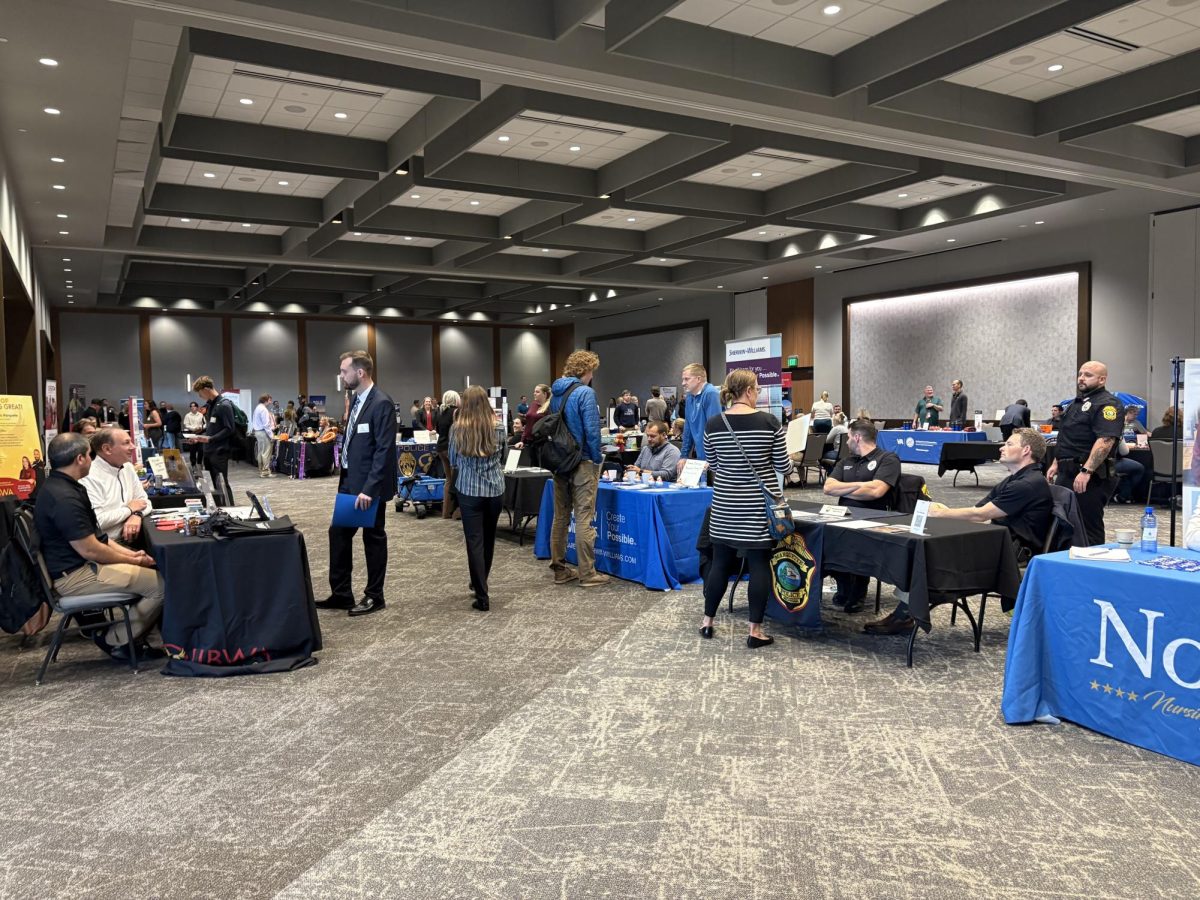Returning NMU students may have noticed that Starfish, an exclusive retention software tool designed to enhance communication between students and faculty, was recently added to the student services tab on MYNMU this fall semester.
The software is intended to provide an easy-to-navigate interface for students to reach out for assistance from their course instructors or academic advisers; and for faculty to provide feedback to students as well as communicate with other faculty members and staff across campus. Starfish essentially provides a centralized place where faculty can give students feedback instead of sending individual or mass emails.
“Where it really started is advisers and faculty have used lots of different tools before to help with advising students—and keeping track of notes and scheduled appointments—and a lot of times those are in lots of different places.” Kyle Lannon, an academic and career counselor at NMU, said.

“So years ago, [NMU] created a homemade system to be able to put a lot of that into one place. But it was very ‘siloed,’ like advisers could see their stuff but faculty didn’t have anything to be able to do that and communicate with students. There was obviously no portal for students to be able to communicate with faculty and advisers or vice versa, and so we started looking at different tools that were out there and what different schools were using to be able to communicate with students, faculty to be able to communicate with staff, and faculty be able to provide feedback for students more quickly.”
Some of the features of Starfish include online scheduling for faculty that can now be done without third party sites; “The Starfish Seven,” which includes tools for faculty to engage in students opportunity for success and provide feedback based upon their performance; a “Raise Your Hand” function, where students can raise flags for any assistance they may need related to a course or financial aid services; a built-in services directory of most departments on campus; and lastly, a “My Success Network,” where students can directly connect with their primary advisers and department heads.
“Starfish was the one that seemed to offer us the most services that would be beneficial and unique to our campus,” Lannon said.

The software was acquired by NMU from Hobsons Education Advancement, who developed the framework, with Program Investment Fund (PIF) money that was set aside last year by NMU President Fritz Erickson.
“I am unsure of the final cost as some features are added and deleted prior to the contract being finalized,” Dale Kapla, associate provost of Academic Affairs, said in an email.
“However, the original request was for roughly $225,000 over a three-year period. It is also important to understand that a prerequisite of a successful PIF application is the return on investment to the university, both in terms of student success outcomes and dollars.”
Despite some technical issues that are still being worked out by the Starfish Team that meets biweekly at NMU, Lannon said overall the software has been successfully integrated into most, if not all, departments on campus.
More information about Starfish can be found online at www.nmu.edu/starfish.
























